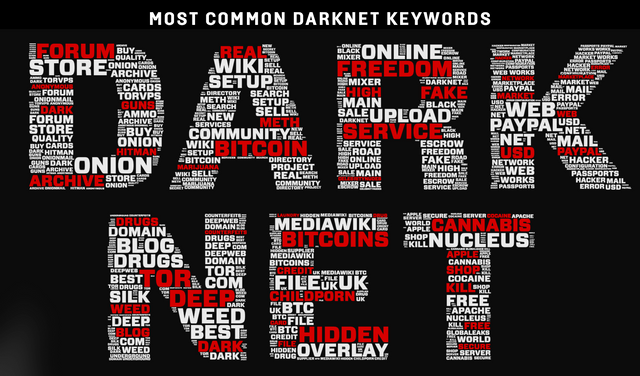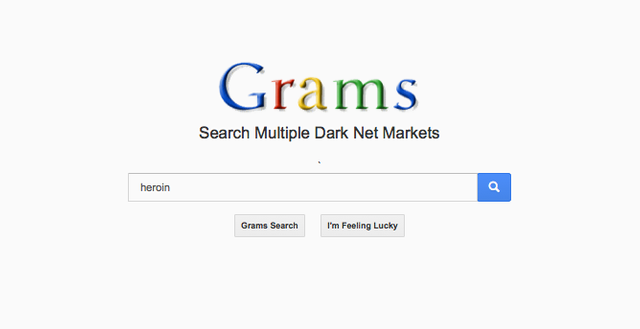What Is the Darknet?

Most people are confused about what exactly the darknet is. Firstly, it is sometimes confused with the deep web, a term that refers to all parts of the Internet which cannot be indexed by search engines and so can't be found through Google, Bing, Yahoo, and so forth. Experts believe that the deep web is hundreds of times larger than the surface web (i.e., the Internet you get to via browsers and search engines).
In fact, most of the deep web contains nothing sinister whatsoever. It includes large databases, libraries, and members-only websites that are not available to the general public. Mostly, it is composed of academic resources maintained by universities. If you've ever used the computer catalog at a public library, you've scratched its surface. It uses alternative search engines for access though. Being unindexed, it cannot be comprehensively searched in its entirety, and many deep web index projects fail and disappear. Some of its search engines include Ahmia.fi, Deep Web Technologies, TorSearch, and Freenet.
The dark web (or dark net) is a small part of the deep web. Its contents are not accessible through search engines, but it's something more: it is the anonymous Internet. Within the dark net, both web surfers and website publishers are entirely anonymous. Whilst large government agencies are theoretically able to track some people within this anonymous space, it is very difficult, requires a huge amount of resources, and isn't always successful.
Onion Networks and Anonymity

Tor is free software for enablinganonymous communication. The name is derived from an acronym for the original software project name "The Onion Router".[8][9] Tor directs Internet traffic through a free, worldwide, volunteer network consisting of more than seven thousand relays[10] to conceal a user's location and usage from anyone conducting network surveillance or traffic analysis. Using Tor makes it more difficult for Internet activity to be traced back to the user: this includes "visits to Web sites, online posts, instant messages, and other communication forms".[11] Tor's use is intended to protect the personal privacy of users, as well as their freedom and ability to conduct confidential communication by keeping their Internet activities from being monitored.
Onion routing is implemented byencryption in the application layer of a communication protocol stack, nested like the layers of an onion. Tor encrypts the data, including the destination IP address, multiple times and sends it through a virtual circuit comprising successive, randomly selected Tor relays. Each relay decrypts a layer of encryption to reveal only the next relay in the circuit in order to pass the remaining encrypted data on to it. The final relay decrypts the innermost layer of encryption and sends the original data to its destination without revealing, or even knowing, the source IP address. Because the routing of the communication is partly concealed at every hop in the Tor circuit, this method eliminates any single point at which the communicating peers can be determined through network surveillance that relies upon knowing its source and destination.
An adversary might try to de-anonymize the user by some means. One way this may be achieved is by exploitingvulnerable software on the user's computer.[12] The NSA had a technique that targets a vulnerability - which they codenamed "EgotisticalGiraffe" - in an outdated Firefox browser version at one time bundled with the Tor package,[13]and in general, targets Tor users for close monitoring under its XKeyscoreprogram.[14] Attacks against Tor are an active area of academic research,[15][16]which is welcomed by the Tor Project itself.[17]
Link: https://en.m.wikipedia.org/wiki/Tor_(anonymity_network)